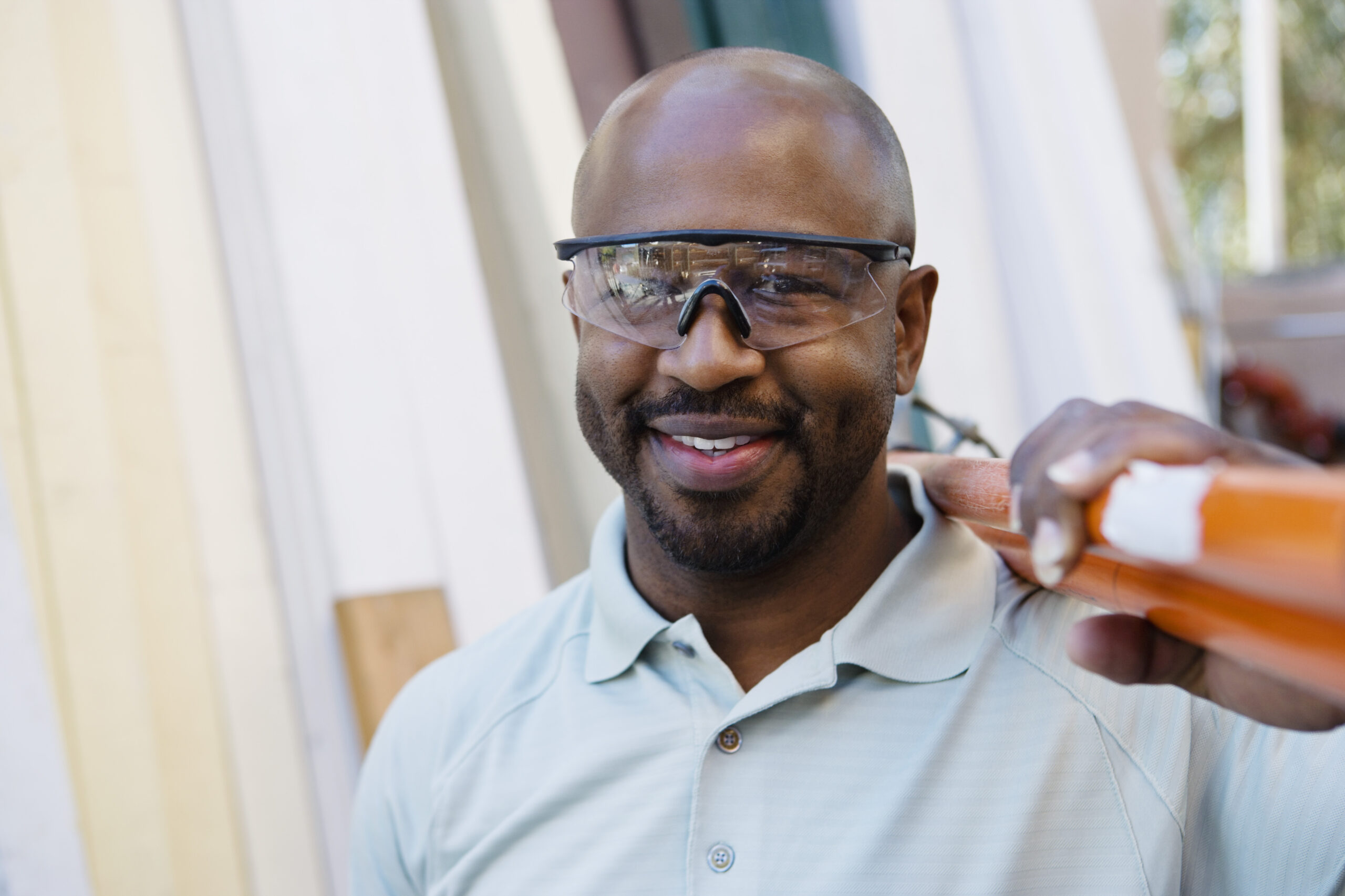Employer, Eye Health, Safety
October Is Eye Injury Prevention Month
October has been deemed Eye Injury Prevention Month by The American Academy of Ophthalmology. Nearly half of all eye injuries usually happen in or around our homes. Most eye injuries are preventable by wearing proper-fitting safety eyewear, but many don’t realize how many of our everyday tasks can cause these injuries.
Furthermore, workplace eye injuries are addressed by OSHA requirements for most businesses. Be sure to seek out your “EHS – Environmental Health & Safety” officer at your workplace. If your workplace does not have an EHS manager, speak with your HR department to ask about the recommended Personal Protection Equipment offered by your employer.
Common Injuries At Home
No matter how your eye injury occurs, it can be painful, irritating, and costly. You might be out in the yard, on a walk, or inside cleaning. Here are a few risks you may encounter at home when you can wear safety eyewear:
- Mowing the lawn
- Cutting down tree limbs
- Clipping bushes
- Using power tools to drill, cut, or grind
- Dusting your home, wiping down objects, or sweeping the floor
- Using any chemicals to clean your home
- Using chemicals to treat your yard or garden
Injuries At The Workplace
There are 300,000 Americans sent to the hospital annually due to workplace eye injuries. 90% of these injuries are preventable with proper protection. OSHA requires most employers to provide the appropriate PPE for their employees based on the hazards associated with the job function and environment.
Regarding safety eyewear, OSHA defers to the ANSI Z87.1 standards. These standards include high mass and velocity impact testing, frontal & lateral eye coverage requirements, dust & chemical protection ratings, and marking instructions to help identify the appropriate eyewear for the job. During an employee’s hiring process, they should be notified about all work hazards and provided the appropriate PPE per OSHA requirements. They may include prescription safety eyewear which your employer may cover the cost of.
But if employees aren’t wearing their PPE, including correctly fitting prescription safety eyewear, the consequence could be their vision! Furthermore, the employer can suffer fines from OSHA and increased scrutiny after workplace injuries are reported. Here are some industries that have the most eye injuries:
- Construction
- Manufacturing
- Automotive
- Healthcare
If you or someone you know works in these industries, you should talk about vision protection on the job. Also, it is highly recommended to report any damaged or improperly fitting PPE to your supervisor. For example, a cracked lens in your safety eyewear is now structurally compromised and is no longer suitable for impact protection.
Take the time to think about the tasks you perform at work and home. If you think you should wear safety eyewear, talk to one of our representatives at SafeVision. We have a wide range of prescription or non-prescription safety eyewear to choose from for any task. Also, ask your employer if they have a prescription safety eyewear program. SafeVision also manages these programs for employers if your business is frustrated by the current options.
For more information on eye safety and protection information, visit the sites below.
The Centers for Disease Control
Together we can bring more awareness to the prevention of eye injuries!

